In today’s fast-paced digital age, integrating technology in Early Childhood Care and Education (ECCE) has become both necessary and challenging. While digital tools offer incredible benefits for young learners, they must be used in a balanced way to complement traditional hands-on learning. Striking this balance is crucial for the holistic development of children. This blog explores the advantages and drawbacks of technology in ECCE. It provides insights on how educators and parents can maintain a healthy equilibrium between screen time and hands-on experiences.

Introduction
Technology has rapidly become a cornerstone of modern education, including in early childhood settings. With interactive apps, online resources, and educational games, children can now engage with content in ways that were previously unimaginable. However, while these tools are undeniably beneficial, they should not overshadow the importance of traditional hands-on learning, which remains vital for a child’s development. The BEST Teacher Training Institute in Mumbai Borivali, along with the Best ECCEd Teacher Training Institute in Mumbai Borivali, emphasizes the need to merge the old with the new, ensuring children reap the benefits of both worlds. This approach ensures that educators foster a well-rounded learning environment that supports comprehensive growth—intellectual, emotional, social, and physical.
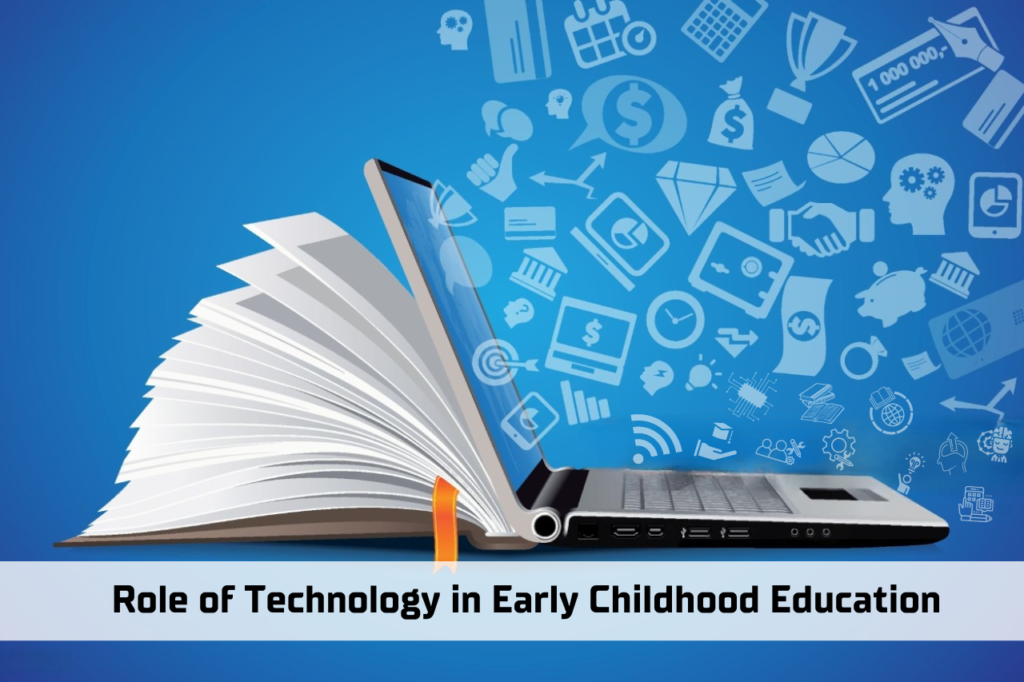
1. Role of Technology in Early Childhood Education
1.1 Benefits of Digital Learning Tools
The integration of technology into ECCE has transformed how educators approach teaching. some benefits of digital learning tools.

Engaging and Interactive Learning Experiences
Digital tools can bring lessons to life in a way that traditional methods cannot. Interactive apps and educational games help maintain children’s interest by making learning fun. These experiences can also be tailored to different learning styles, which is something the Best Jolly Grammar Teacher Training Institute in Mumbai Borivali advocates in their training programs.
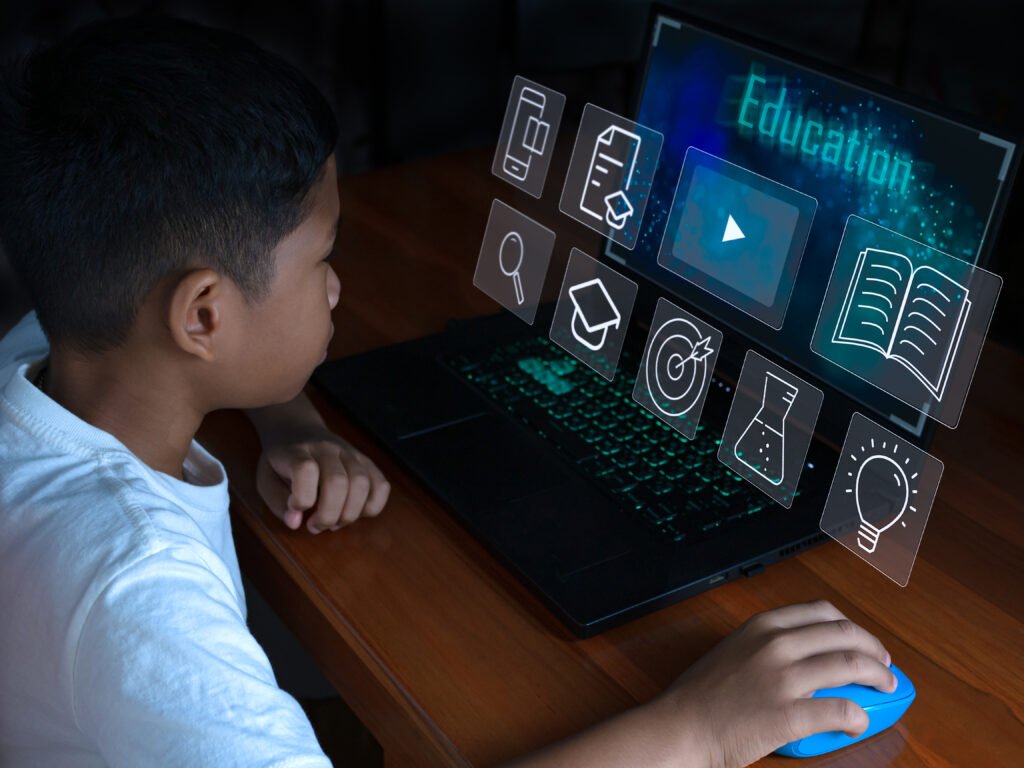
Access to Diverse Educational Resources
Technology grants access to an unlimited pool of educational resources. From virtual field trips to digital libraries, children can explore new topics and ideas beyond the walls of the classroom. This accessibility ensures that children, regardless of their background, can access high-quality learning materials.

Personalized Learning Opportunities
One of the strengths of digital tools is their ability to offer personalized learning paths. Educational apps can assess a child’s abilities and adjust the content to fit their learning level, ensuring they are constantly challenged without being overwhelmed. This individualized approach is something the Best Jolly Phonics Teacher Training Institute in Mumbai Borivali integrates into its curriculum, ensuring teachers can meet the unique needs of each learner.
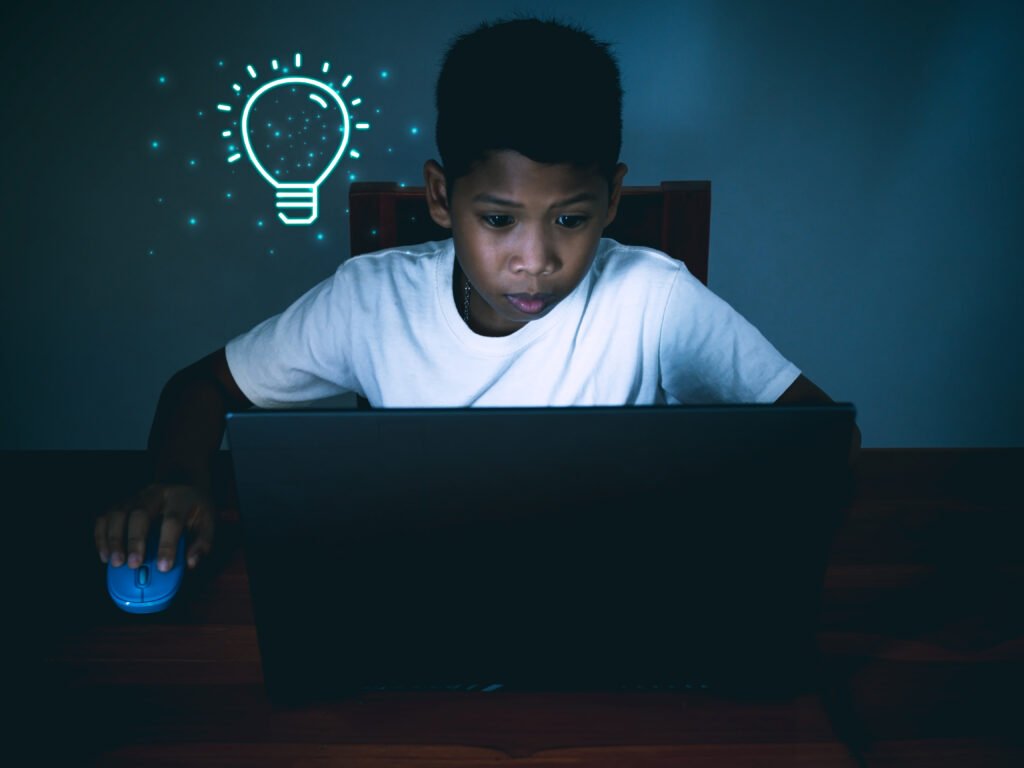
Development of Digital Literacy Skills
Young learners need to develop digital literacy early on in an increasingly digital world. Familiarity with technology and its applications ensures that children are prepared for the future, and equipped with the skills needed for academic and career success.
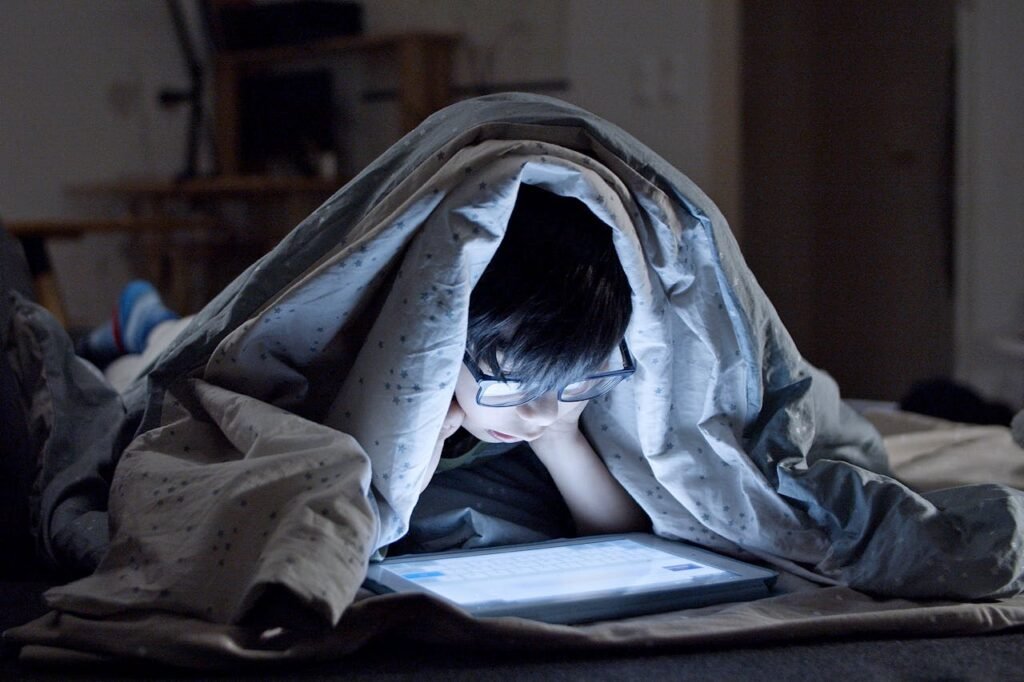
1.2 Potential Drawbacks of Excessive Screen Time
While digital tools offer many benefits, over-reliance on screens can pose risks to a child’s development. Educators at the BEST Teacher Training Institute in Mumbai Borivali recognize the importance of limiting screen time to avoid the following challenges:

Impact on Physical Health and Development
Prolonged screen time can lead to sedentary behavior, contributing to health issues such as obesity, poor posture, and eye strain. Young children need ample opportunities to move, explore, and engage with their physical surroundings to develop motor skills and maintain physical health.
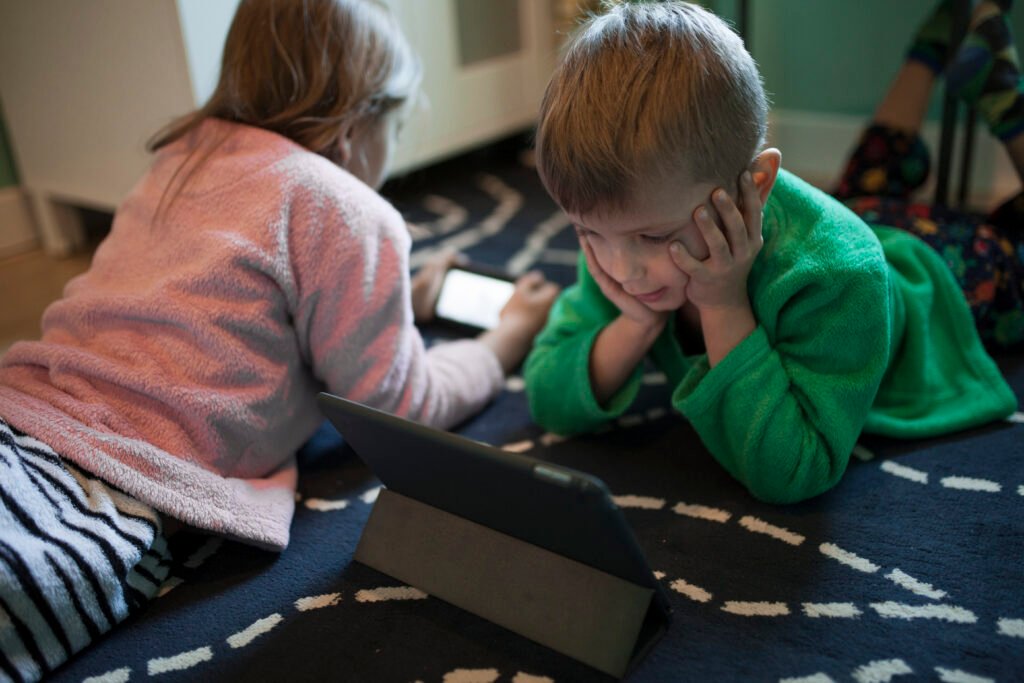
Limited Social Interaction and Communication Skills
Children need face-to-face interactions to develop strong social and communication skills. When too much time is spent in front of a screen, opportunities for conversation, collaboration, and emotional connection with peers are reduced.

Reduced Attention Span and Focus
Excessive screen time can make it harder for children to focus on tasks that require sustained attention. The constant stimulation from digital devices may lead to short attention spans, which can affect their ability to concentrate in traditional learning settings.

Risk of Addiction and Unhealthy Screen Habits
It’s easy for children to become engrossed in technology, leading to unhealthy habits like screen addiction. This can interfere with sleep, outdoor play, and other essential activities, making it important to set boundaries around screen use from an early age.
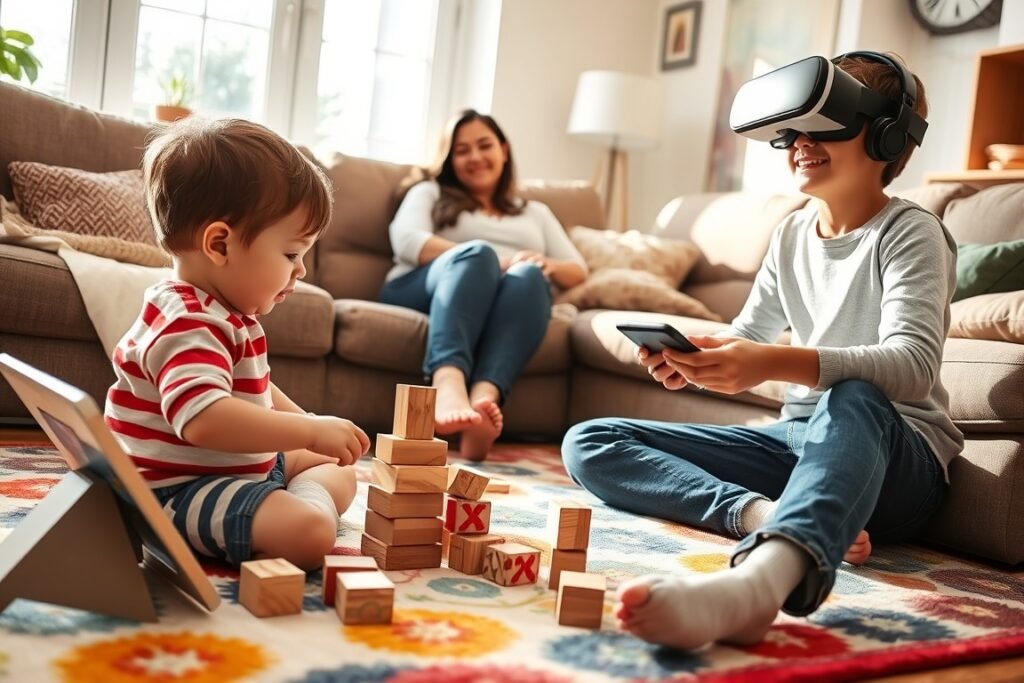
2. Why Finding the Right Balance Matters
2.1 Importance of Hands-On Learning
While technology offers vast educational possibilities, hands-on learning remains critical for young children. The Best ECCEd Teacher Training Institute in Mumbai Borivali emphasizes the following benefits of tactile, experiential learning:

Sensory Exploration and Development
Hands-on activities allow children to engage their senses—touch, smell, sight, and hearing. This sensory exploration is crucial for brain development and helps children make sense of the world around them.
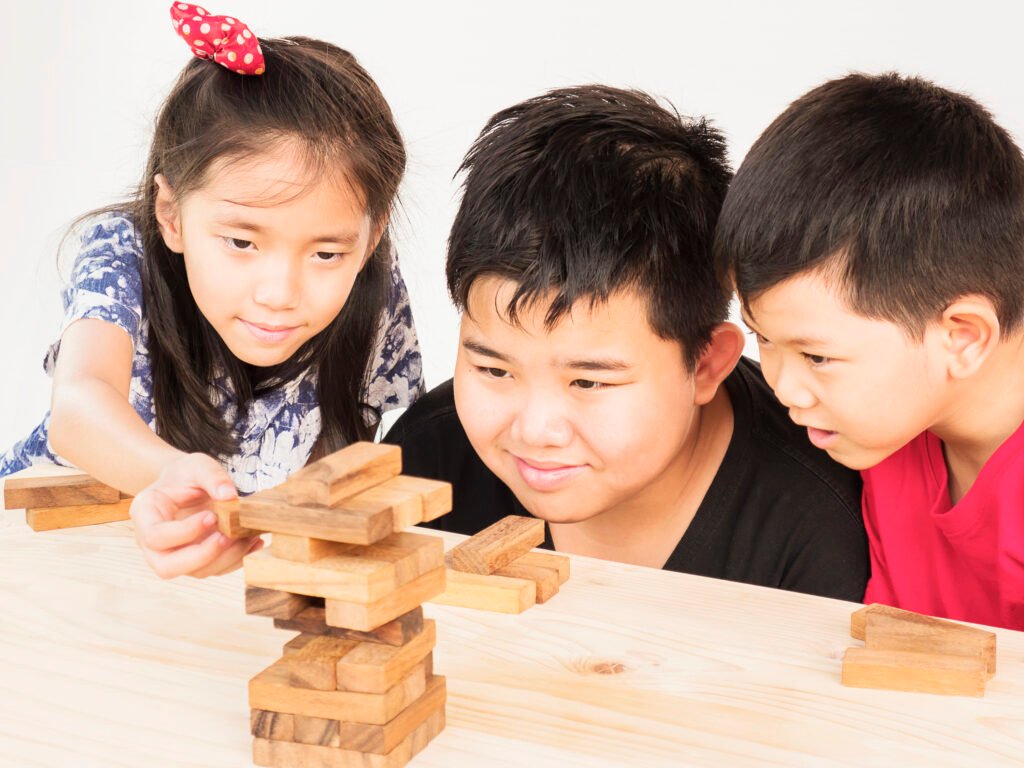
Problem-Solving and Critical Thinking Skills
Manipulating objects and engaging in physical activities foster problem-solving skills. Building with blocks, experimenting with water, or creating art encourages children to think critically and find solutions to challenges they encounter.

Social and Emotional Learning
Group activities, such as playing with peers or participating in group art projects, teach children essential social skills like cooperation, sharing, and empathy. These interactions are crucial for emotional development and building relationships.
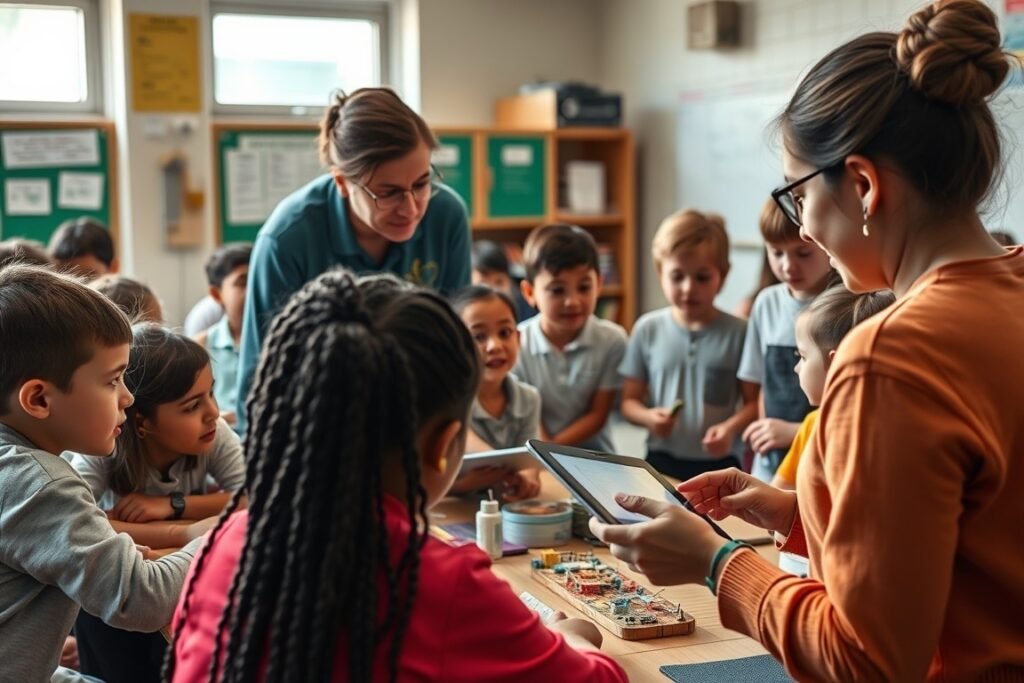
Real-World Application of Knowledge
To create well-rounded learners, combining digital and hands-on learning is important. The Best Jolly Grammar Teacher Training Institute in Mumbai Borivali trains educators to integrate technology in a way that supports real-world applications, ensuring children can apply their knowledge in practical situations. Here are some strategies to maintain this balance:
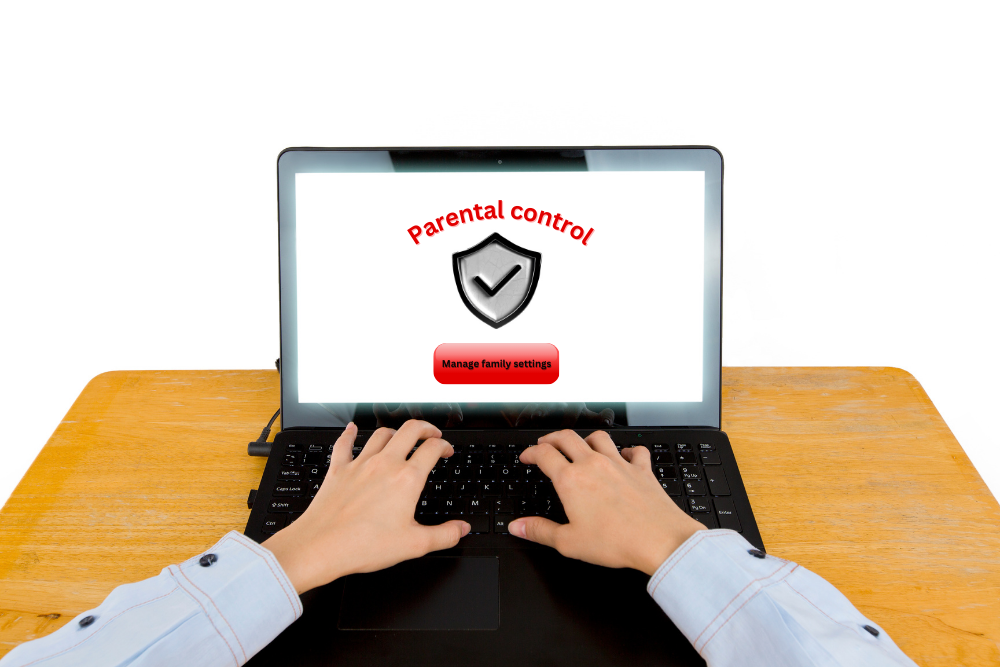
Guidelines for Appropriate Screen Time
Experts suggest that young children should not exceed one to two hours of screen time per day. By setting these limits, educators and parents can ensure children engage with both digital and physical learning environments.
Strategies for Integrating Technology into Hands-On Activities
Technology can be used to complement hands-on learning. For example, after watching an educational video, children can participate in a related art project or science experiment. This approach allows them to apply digital knowledge in tangible ways.

Tips for Parent Involvement and Support
Parents play a crucial role in managing screen time and encouraging hands-on activities at home. Educators can support parents by offering tips on how to balance technology with physical play and recommending educational apps that promote interactive, meaningful learning.
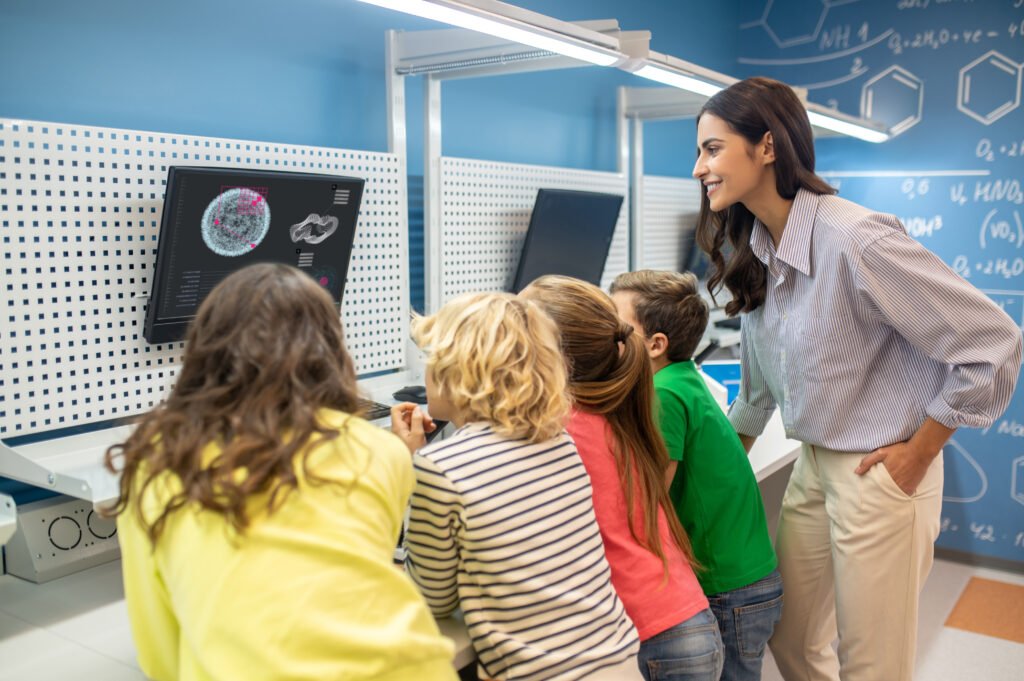
Conclusion
In the evolving landscape of early childhood education, it is vital to integrate technology in a balanced manner. While digital tools provide engaging, accessible, and personalized learning experiences, excessive screen time can hinder social, emotional, and physical development. A thoughtful combination of technology and hands-on learning ensures children grow into well-rounded individuals.
Institutes such as the BEST Teacher Training Institute in Mumbai Borivali and the Best ECCEd Teacher Training Institute in Mumbai Borivali are committed to training educators in methods that embrace both traditional and modern approaches to education. The goal is to create an environment where digital and physical learning complement each other, offering children the best of both worlds. As we move forward, it’s important to prioritize this balance, ensuring that children are equipped with both the digital literacy and real-world skills needed for success.


